
 Workers’ safety ... rescue plan needed.
Workers’ safety ... rescue plan needed.
WITH there being around 2.3 million work-related deaths worldwide annually – the construction industry accounting for about 60,000 of these fatalities – fall protection is becoming an increasingly important issue that needs to be addressed urgently throughout the Middle East.
Falls while working at heights are all too common; however, the greater tragedy is that each fall is preventable.
A contractor is responsible for protecting his workers and his utmost concern must be keeping workers safe. When it comes to fall protection, just equipment isn’t enough. A fall protection and rescue plan needs to be in place to truly protect workers and the company.
Injury and death prevention
Having a fall protection and rescue plan in place prior to beginning a job gives contractors the time to analyse and prepare for the hazards that a worker may face.
If the plan is developed in advance, contractors can be methodical about how best to prevent a fall. They have the time to train workers on the ground and be sure they are fully prepared for the hazardous situations before they go to work at heights.
Active fall protection gear – a harness, connector and anchorage – can eliminate the chance of serious injury when workers learn how to properly wear the gear according to its specifications, use it properly and conduct regular inspection and maintenance procedures.
A passive fall protection system – guardrails, permanent netting and barriers – can help eliminate injuries by keeping the worker from coming into contact with the fall hazard. Without a fall protection plan, one may not know a fall hazard exists, let alone whether an active or passive system is appropriate to control the fall hazard.
Monetary savings
When there is a plan in place, cost savings comes in several forms. A plan saves money because one is prepared, knowing what fall protection equipment and skills will be needed at each fall hazard on the jobsite.
This enables the contractor to make considered equipment decisions for a job well in advance, rather than quickly buying products a few days before the job begins. In some situations, he may not be able to purchase the desired equipment in time, which can delay the work or put the workers in danger.
Training costs can be reduced by having planned sequential training sessions that give workers time on the ground to fully understand the proper use of the fall protection equipment and rescue systems that will be used at the site.
Workers are better prepared with planned sessions rather than quick unplanned briefs – which are not as complete and can delay construction – right before a job begins. Quality training will help prevent falls from occurring and ensure workers are better prepared if in the event of a fall.
The amount of money a company can save on insurance costs and injury compensation claims and the increased productivity with a fall protection and rescue plan in place are invaluable. Fewer injuries lead to fewer workers compensation claims, which will lower insurance costs immensely. Reduction in lost time from worker falls and injuries also allows a company to be more productive and keep on-site work progressing to schedule.
Advantages
A fall protection and rescue plan stands as evidence that a company is doing everything it can to prevent injuries, which is something both employees and regulatory bodies will recognise. It shows employees that the company genuinely cares about their safety, and that it is ensuring their safe return home at the end of each day.
Providing a high-quality fall protection and rescue plan can help form positive attitudes about using fall protection equipment, encouraging workers to spend more time making sure they are wearing and using the equipment properly.
A company’s reputation is its strongest asset. Citations and injuries aren’t good for business development or employee recruitment. When a company is diligent in following fall protection standards, injuries will decrease. Should an incident occur, however, a more favourable attitude from regulators could result based on consistent efforts to comply with regulations and prevent falls.
Keeping the fall protection and rescue plan up to date, active and rehearsed, so workers can respond in a timely manner in the event of a fall, is priceless. Companies should be prepared from the ground up and do everything that they can to ensure the safety of their employees.
 |
*Guy Schaller is managing director at Capital Safety Group, a leading designer and manufacturer of height safety and fall protection equipment including the DBI-Sala and Protecta brands. All of the company’s fall protection and rescue systems are backed by the best training, technical assistance and customer service in the industry.






.jpg)
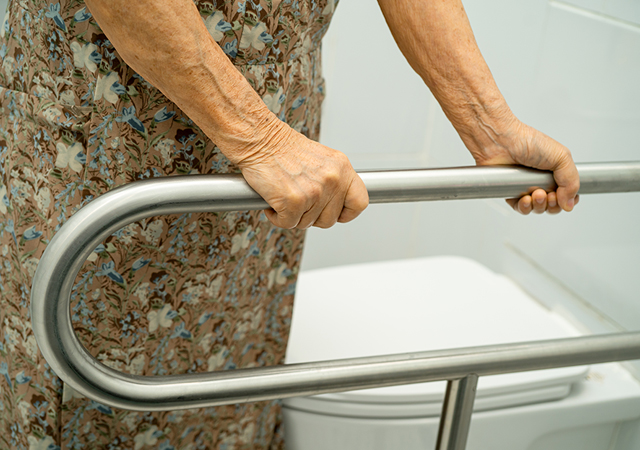



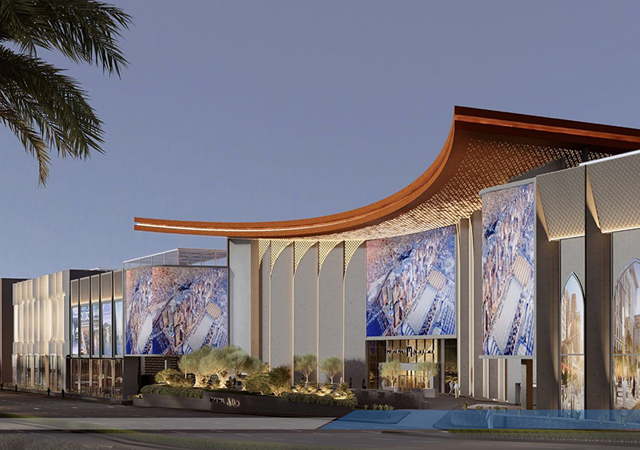

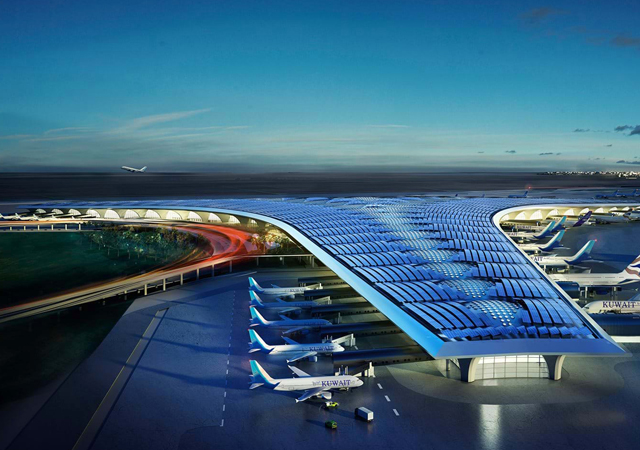


.jpg)

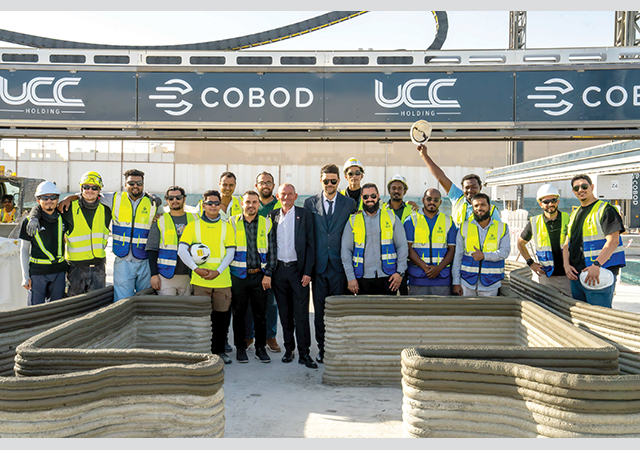
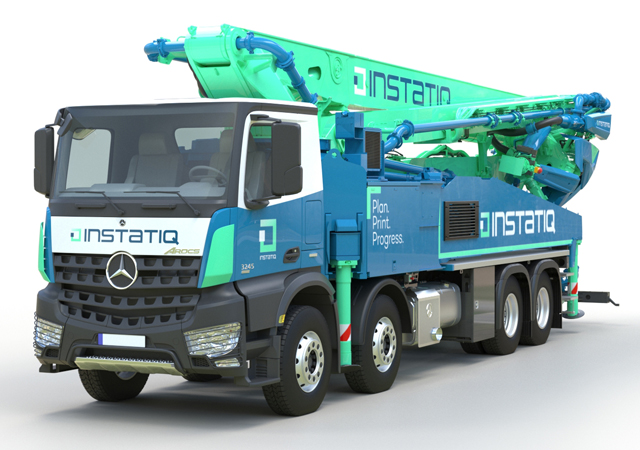


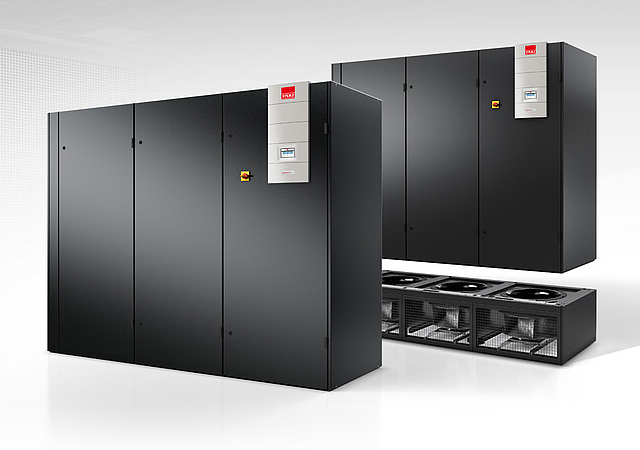
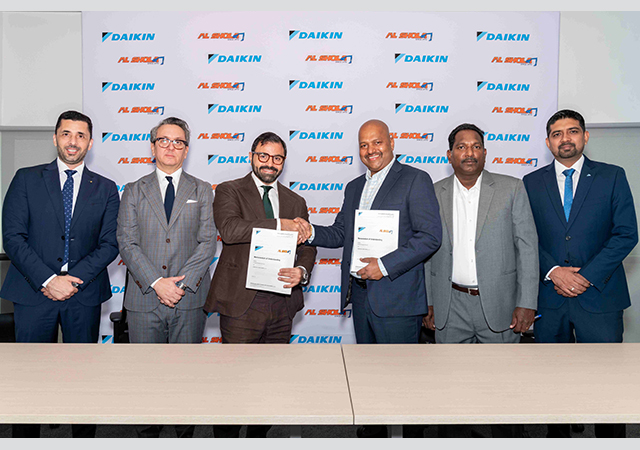

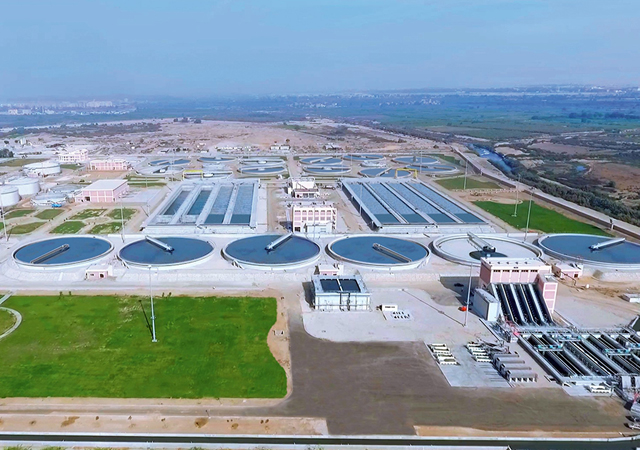





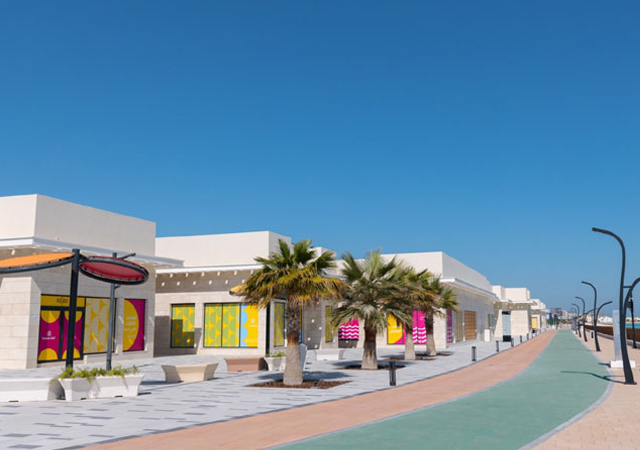
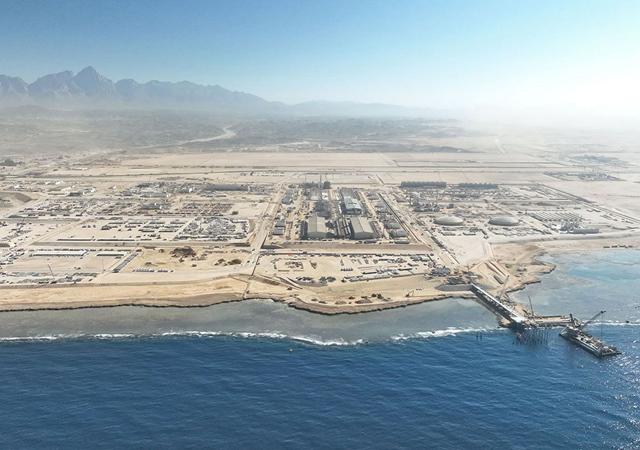
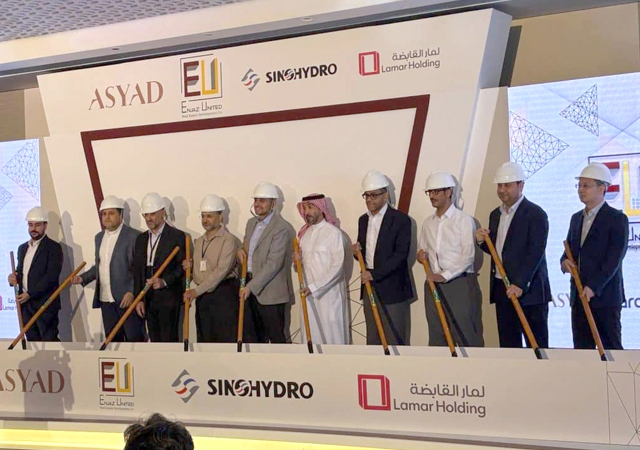
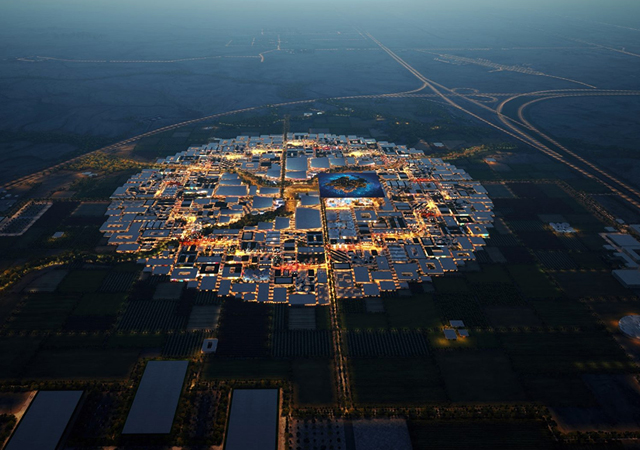
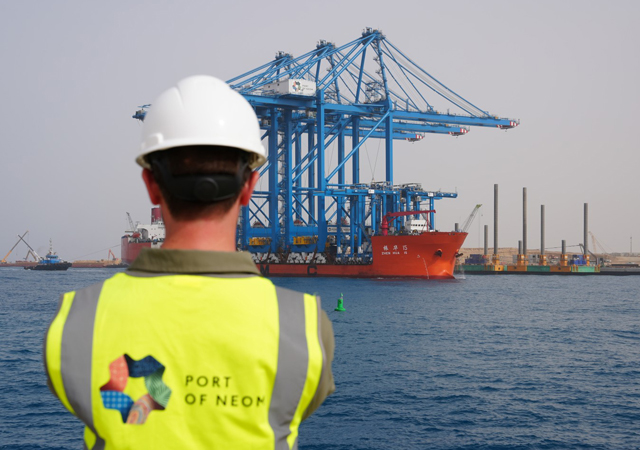

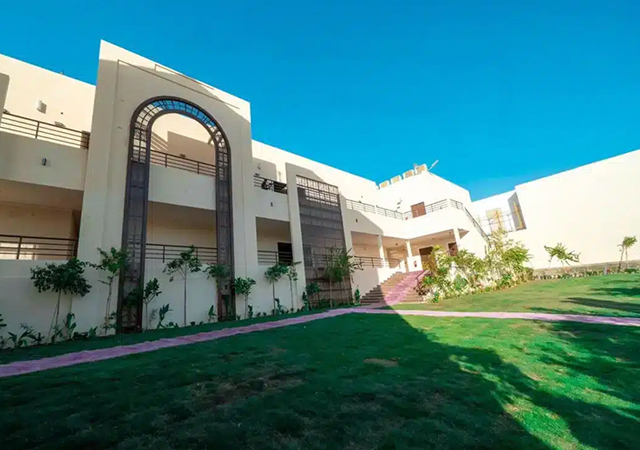

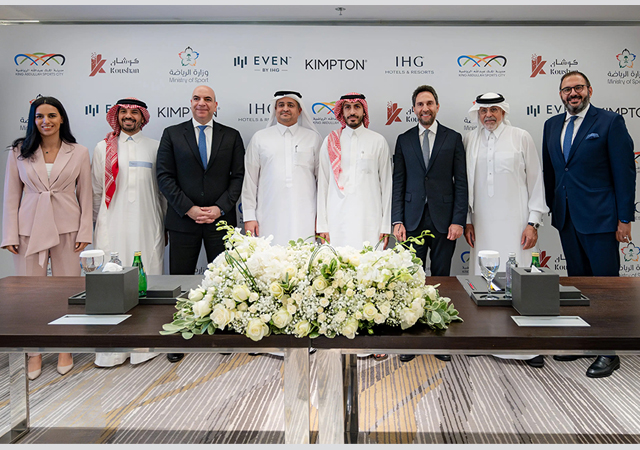
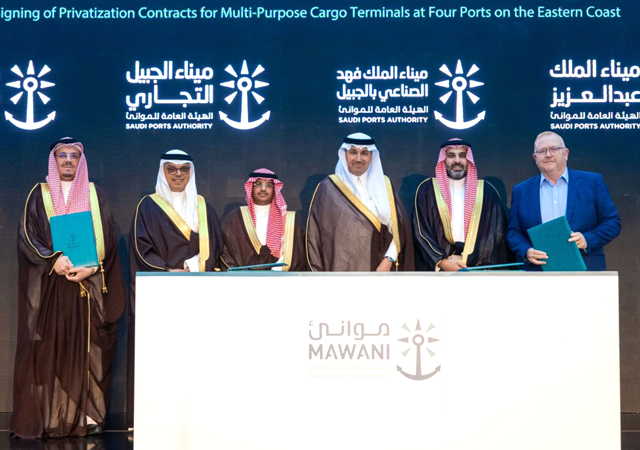







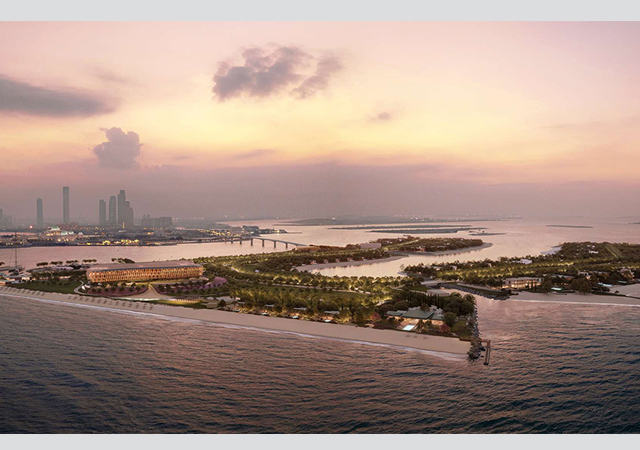




.jpg)





